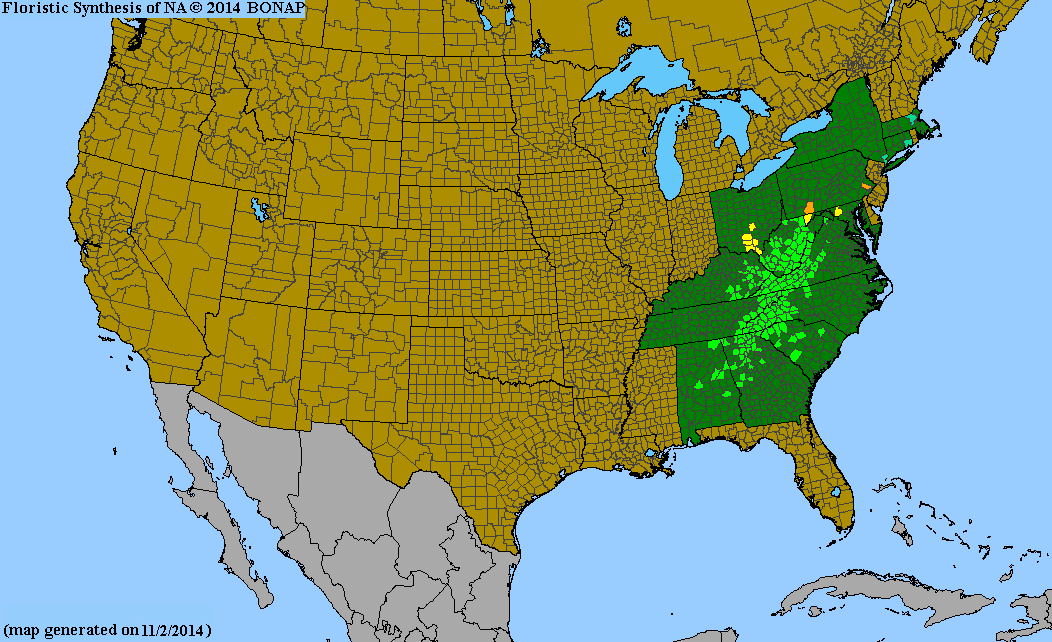Ericaceae
flame azalea
Rhododendron calendulaceum
Synonyms
Azalea calendulacea
Plant Type
Shrub (less than 10 ft)
Life Cycle
Perennial
Typical Size
4-8 ft. tall
8-10 ft. wide
Inolerant of
Poorly Drained Soil, Direct Afternoon Sun
Propagation
By seed
Plant Propagation Notes
Flame azalea is challenging to grow from seed and slow to establish. Germinates best at 45-50 degrees in a 2:1 perlite/peat mixture.
Plant Planting Notes
Provide up to 10 ft spacing.
Plants/Diseases
Numerous insects and diseases may affect flame azalea including aphids, borers, lace bugs, mealybugs, mites, canker, crown rot, leaf spot, and rust.
Wildlife Benefits
Nectar/pollen source for pollinating insects, Nectar source for hummingbirds
Leaves
Leaves alternate, elliptical to obovate with entire or serrate margins.
Flowers
Large Showy funnel-shaped flowers on racemes.
Fruit
Capsule.
Bark
Finely shredded with a gray to brown coloration.
Toxicity
All parts of the plant are highly toxic if ingested.

USDA Hardiness Zones
5, 6, 7
Light Exposure
Part Sun/Shade, Full Shade
Soil Moisture
Moist
Soil Drainage
Well-drained
Soil pH
Acidic (less than 6.0)
Native in South Carolina?
Yes
Plant Native Habitat
Mountain slope in deciduous forests.
Global Conservation Status (NatureServe)
Secure (G5)
Federal Conservation Status (USFWS)
Not Listed
Distribution Notes
Uncommon in the South Carolina piedmont. Common in the mountains. Absent from the coastal plain and sandhills.



